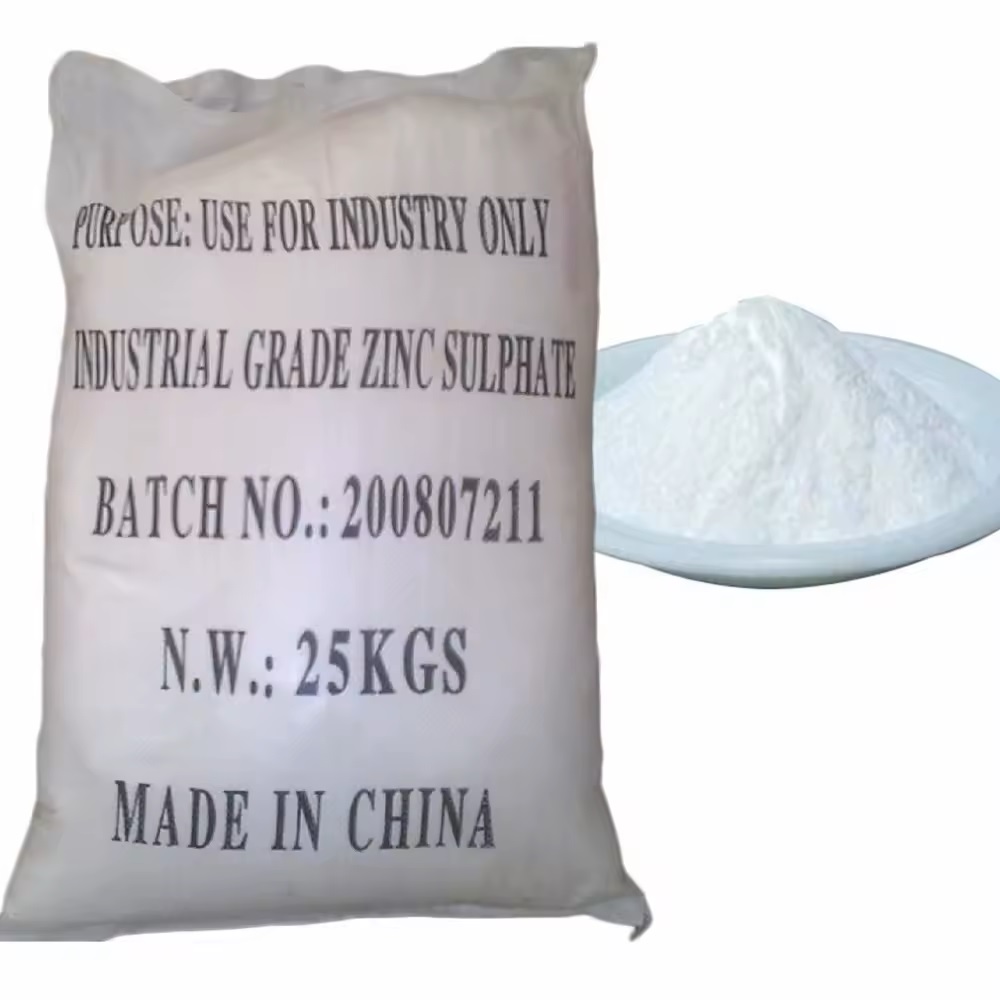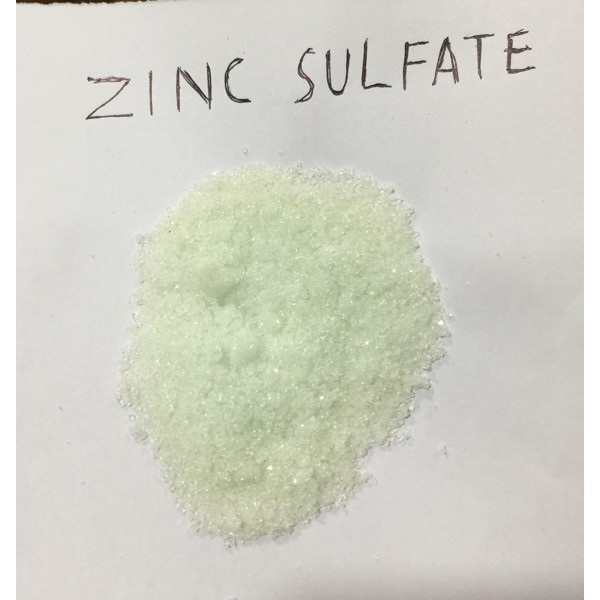We unleash your business potential by maximize the business innovation.
Send EmailZinc Sulfate, Zinc vitriol, 7733-02-0
Molecular Formula (Zinc Sulfate): ZnSO4
Molecular Weight: 161.4 g / mol
Chemical Name: Zinc Sulfate
CAS Number: 7733-02-0
It is a chemical with different forms. These include monohydrate, hexa hydrate and hepta hydrate. It is a colorless solid in its anhydrous chemical crystal form.
The reaction of zinc mineral with sulfuric acid results in the formation of sulfuric acid salts or esters, which are formed as a result of the replacement of 2 or 1 of the hydrogens. The sulfate salt formed here is Zinc sulfate.
This chemical can decompose in its different forms and turn into other species.
Other Names:
Mono hydrate
Hexa hydrate
Penta hydrate
7733-02-0
Sulfuric Acid zinc salt
Zinc vitriol
Anhydrous zinc sulphate
What are its physical and chemical properties?
The chemical in anhydrous form is colorless. It is not a flammable substance. It is in solid form. It has hygroscopic properties.
Its melting point is 680 ° C.
In terms of solubility, all forms are soluble in water. Its solubility in water is 101 g of zinc dissolved in 100 g of water.
Its density is 3.8 g/cm3.
In terms of stability, it is partially hydrolyzed according to the environmental conditions.
Zinc Sulphate Usage Areas:
Its main usage areas are fertilizer production. The mono hydrate form is used in this area.
It is a chemical with antioxidant properties. It has important properties for wound healing and blood stability. In order to maintain the normal function of tissues, digest phosphorus and ensure the functioning of metabolism, the monohydrate form is used as an active ingredient in some drugs.
Termites cause decay in wooden materials. It is used as a preservative to protect wood and to inhibit termites in some wooden materials. In this area, impregnation with chromated zinc sulphate has given very good results in wood protection.
Fungi that cause decay on wood attack the cell wall of wood. As a result, wooden materials will decay and cause their strength to decrease. Therefore, it is used as a wood preservative and in the production of protective materials.
It is used to eliminate zinc deficiency in plants.
Zinc deficiency is observed in some soils where wheat is produced. The characteristics of the soils where zinc deficiency is seen are high pH level and low zinc content due to the structure of the soil. Zinc sulphate forms are used to eliminate zinc deficiency in the soil.
It is used to inhibit weeds in the field.
It is used in the bleaching process of wood pulp by modifying it with Thio Urea Dioxide. When modified with Thio Urea Dioxide, a stronger bleaching agent is formed. In addition, increasing the pH level increases the bleaching effect here.
It is used in the mining sector and flotation processes are carried out.
Zinc is an important element for reproduction and lactation, and hoof cornification. By using zinc sulfate in animal feeds, the formation of such animal diseases is prevented.
A soluble metal salt is used to recover molybdenite by flotation. This soluble metal key can be Zinc Sulfate Heptahydrate.
Food supplement manufacturing companies use it by modifying it with Zinc Gluconate or by itself.
It is used as a source of zinc element, which actively plays a role in the production of many enzymes in metabolism and is also a micronutrient source.
In the agricultural sector, the IAB/ABA and Cytokinin/ABA ratios are not suitable in potato production. Therefore, the tuber weight and tuber number of potatoes are low. Zinc Monohydrate or Zinc Heptahydrate is used to increase the tuber weight and tuber number of potatoes.
It is used as a very useful zinc source in plants when it is a glycolic acid solvent in the agricultural sector. Its most important features in this application are preventing bacterial formation, pH control and controlling phosphates that have a risk of precipitation.
Disorders that cause lameness such as Papillomatous digital dermatitis (PDD Foot rot, Infectious Pododermatitis) in cattle, sheep, goats, horses and other hoofed animals. Treatments containing Quaternary Ammonium Antiseptics, Iodine or Zinc Sulphate solutions are applied to eliminate such disorders caused by 3 or 4 types of bacteria.


